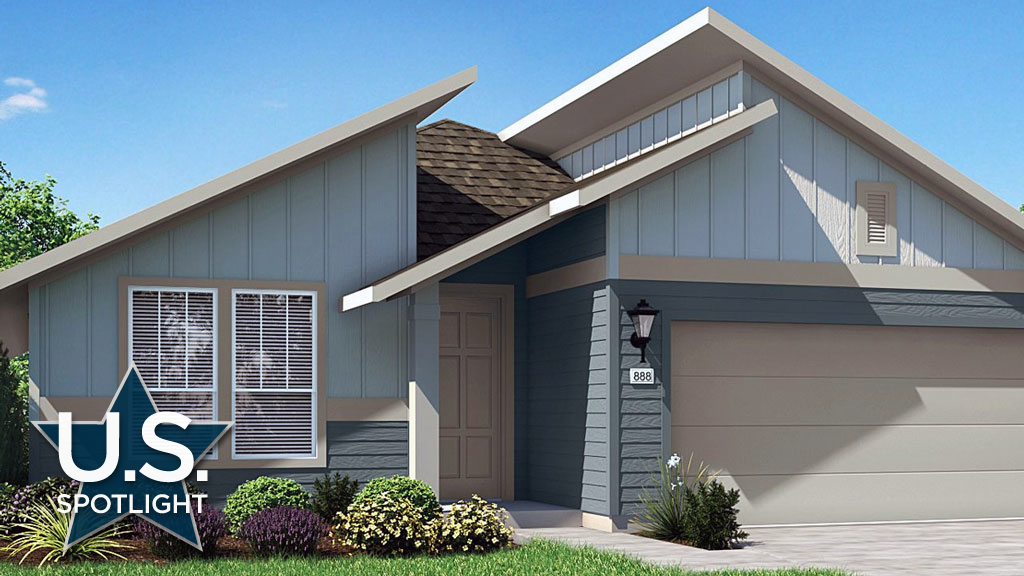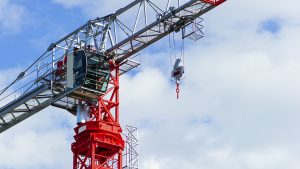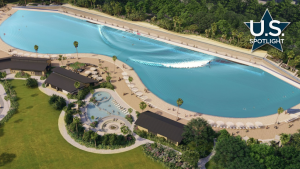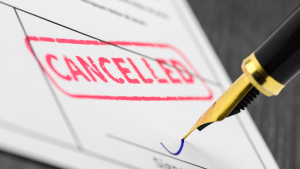San Antonio broke a record in July with 28 total days of triple-digit heat, according to the National Weather Service.
The months of May and June also set new records. Continuous days of extreme temperatures are expected to continue into September across the state, say some climatologists.
The red-hot summer of 2022 is the start of a long-term warming trend in Texas. This is certain to steer the conversation concerning future state planning of building and infrastructure towards resiliency.
This will complicate the exciting announcements of commercial investment across several sectors in Texas.
All the new development will require increased construction of housing, along with the private and public infrastructure supporting the associated employment gains. That, in turn, will require increased power generation to keep homes and commercial buildings livable. For Texas, that means cooling things down.
In cities, the issue of resiliency goes beyond buildings themselves to urban planning. The term is called the “heat island” effect. The combination of pavement, blacktop roads and minimal shade cover can boost city temperatures several degrees higher than near-adjacent rural areas.
To demonstrate how a city of the future could be affected by extreme heat, the Washington Post recently created a hypothetical urban center called Meltsville. Their analysis walks readers through the effects of extreme heat on transportation and public infrastructure.
Sadly, the extreme heat in cities is not distributed equally across all income groups. For example, wealthier districts of San Antonio such as the River Walk area enjoy more shade than poorer areas of the city. This can result in as much as a 20 degree differential, according to research referenced in the New York Times. Not only that, many lower income homes don’t have air conditioners.
Extreme heat is also a health issue. According to a paper written in April by global consultancy ICF, “a 1° to 6° increase in temperature could result in an annual increase of 283 to 1,660 additional suicide cases.”
Outside cities, suburban sprawl and large greenfield developments also contribute to an increased demand for cooling. As in cities, there is often little shade, plus the need for paved streets and parking lots associated with vehicles.
High heat means high power demands. However, energy demands are not equal when confronting outside-inside temperature differentials in homes and commercial buildings. It takes more energy to cool an interior down a given amount than it takes to heat it up. That’s largely because air conditioners are not particularly efficient.
Building codes that address energy demand can help. For example, being in Climate Zone 2, Texas typically requires far less insulation in walls and attic spaces than northern states located in Climate Zones 6 or 7. Furthermore, as temperatures rise in the south, increased insulation, shading, improved fenestration and attention to solar orientation will become important.
In addition, the rays of the sun need to be considered. The U.S. Department of Energy recommends radiant barriers and light coloured roofs. These re-emit radiant heat rather than absorbing it, keeping attic spaces cooler, thus reducing the cooling demands of living and working spaces below.
Reducing energy requirements to keep homes liveable through periods of high heat with better insulated homes and commercial buildings can reduce strain on the state’s power grid. However, there is also the supply side to the resiliency issue: power generation and the distribution grid.
Texas officials and investors are working hard to increase the capacity of the state’s power grid. Unfortunately, steps to backstop existing power stations by improving reliability and upgrading facilities are moving slowly and may be years away. In terms of costs, ERCOT is under pressure to address reforms to address its scarcity pricing mechanism.
This has led to discussions regarding future projects being increasingly energy self-sufficient, like the residential development of Whisper Valley in the city of Manor.
Whisper Valley’s efforts towards “near net-zero energy” are evident by feature systems incorporated into new homes such as rooftop solar panels and community-connected GeoGrid heat pumps that replace traditional HVACs. When combined with in-home battery storage, homes in the 2,000-acre development could attain near-energy self-sufficiency. The resultant energy savings to homeowners would be significant, particularly as electricity demand and prices soar during heat waves.
When it comes to addressing energy demand and supply solutions, the Texas heat isn’t that different from the Minnesota cold. Planning and action are required from owners, developers and infrastructure operators and across all governmental jurisdictions.











Recent Comments
comments for this post are closed